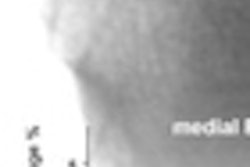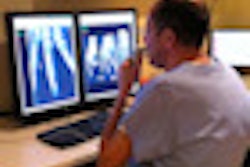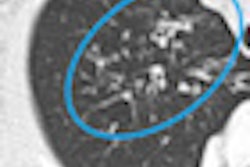Consultant radiologist staffing levels in the Republic of Ireland are well below appropriate international benchmarks for the current workload, according to an Insights into Imaging study (21 April 2011).
"The role of the consultant radiologist has changed substantially in recent decades, yet manpower planning is often based on older inappropriate methods of measuring radiologist workload," wrote study author Dr. Adrian Brady of the Faculty of Radiologists of the Royal College of Surgeons in Ireland.
In the U.K. and the Republic of Ireland, consultant radiologist staffing levels in public hospitals are centrally controlled by governmental agencies, which make recruiting an arduous task with no link to the workload demands of the department, according to experts. In 2009 the Faculty of Radiologists conducted a study to more adequately measure radiologist time. The researchers studied the various methods for calculating radiologist workload and stated the use of crude study numbers to determine workload is "old-fashioned, discredited, and an inappropriate misuse of data." They found approximately one-third of radiologist time is engaged in activity not easily counted in study numbers.
The study included data from 28 of 38 public hospital radiology departments. The researchers assigned relative value units (RVUs) to easily countable studies and measured hospitals' activity for the year 2009. Radiologist time engaged in activities such as interventional and procedural work, multidisciplinary meetings, teaching, and administration was separately measured.
Average consultant radiologist workload across all 28 hospitals was 57,659.1 crude RVUs and 103,987 net RVUs. An average of 32.47% of full-time radiologists are engaged in noncountable activity, they found. Plain films accounted for 28% to 41% of recorded activity, mammography for 0.8% to 5.8%, ultrasound for 16% to 20%, CT for 27% to 32%, and MR for 5.9% to 15.8%.
Based on the study findings, the Faculty of Radiologists strongly recommends that the method of measuring radiologist workload used in this survey should be the basis for future such measurements in Ireland, replacing other past methods. "The method of measuring and calculating radiologist workload described in this paper is easily adapted for use in other jurisdictions," Brady added.



















